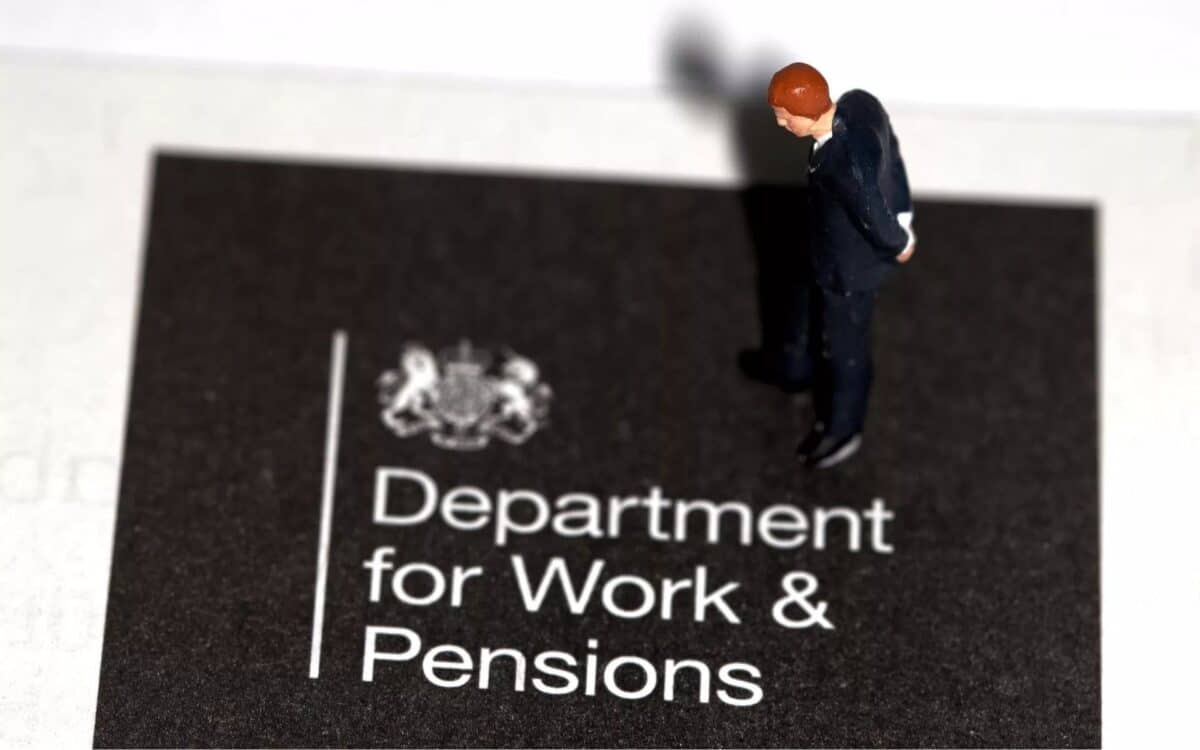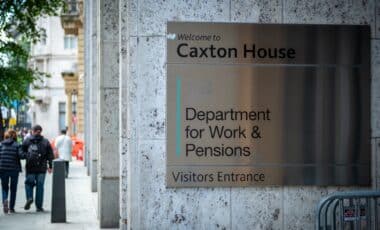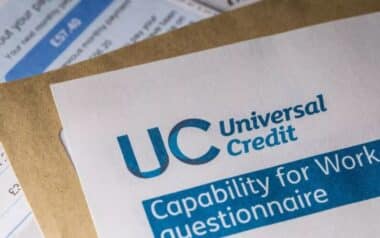The Department for Work and Pensions (DWP) has confirmed that Employment and Support Allowance (ESA) will be phased out, with thousands of claimants being transferred to Universal Credit as part of a managed migration process. This transition is part of the government’s effort to simplify the welfare system, but it has also raised concerns among claimants who fear potential disruptions to their payments.
Individuals currently receiving ESA will be sent a Migration Notice, giving them three months to apply for Universal Credit before their ESA payments are discontinued. To ensure that claimants are aware of these changes and provide assistance where needed, the DWP Visiting Team will conduct home visits, explaining the process and verifying essential details.
How Will the ESA to Universal Credit Migration Work?
The migration from ESA to Universal Credit is a major welfare reform aimed at consolidating multiple benefits into a single monthly payment. When a claimant receives a Migration Notice, they will be required to submit a Universal Credit application within three months to maintain financial support.
Unlike previous benefit transitions, the DWP has assured that no ESA payments will be stopped without multiple attempts to contact claimants. To facilitate the process, the DWP Visiting Team will personally reach out via phone and letter to arrange a home visit for those who may need extra support in understanding the transition.
During these visits, claimants will be given detailed information about the application process, including:
- The date and time of the visit, which will be confirmed via an official letter and, where applicable, a text message.
- How to prepare for the visit, including what documents they will need to provide.
- How their income and savings may affect their Universal Credit payments.
- What health-related information they need to disclose, as this may impact their eligibility.
Ensuring security during these visits is a key concern for many claimants, particularly those who may feel uneasy about letting a government official into their home. To address this, the DWP has outlined strict identity verification procedures, stating:
“The visiting officer will show you their photo identity card when they arrive. You can then check if the visiting officer named in the letter you got about the visit is the same person.”
For individuals who may have visual impairments or other difficulties checking an ID, the DWP offers an alternative verification method:
“If you cannot check their photo identity card (for example, if you have a visual impairment), you can agree on a password for the visiting officer to say when they arrive. You need to arrange this before the visit by calling the DWP Visiting Team.”
Claimants can also confirm the identity of the visiting officer by calling the number provided on their official letter or text message and providing the officer’s name. This additional layer of security is intended to protect claimants from fraud or scams, as there have been previous reports of unsolicited visits from individuals posing as government officials.
What This Means for ESA Claimants
For those currently on ESA, the transition to Universal Credit will introduce key changes to how benefits are received and assessed. Unlike ESA, which provides separate payments based on eligibility, Universal Credit combines multiple benefits into a single monthly payment, meaning claimants will need to adjust to a different payment schedule and assessment system.
One of the main concerns for claimants is whether they will receive the same level of financial support after switching to Universal Credit. While some individuals may see an increase in their benefits, others may experience reductions, particularly if their circumstances do not fully align with Universal Credit’s eligibility criteria. This uncertainty has led to anxiety among many ESA recipients, particularly those with long-term disabilities or serious health conditions.
To minimise disruptions, the DWP urges claimants to apply for Universal Credit as soon as they receive their Migration Notice. Waiting until the final weeks of the three-month deadline could result in processing delays, potentially leading to gaps in payments.
DWP’s Efforts to Ensure a Smooth Transition
While the DWP has faced criticism in the past over benefit migration issues, it insists that this process will be handled carefully, with a strong focus on direct engagement with claimants.
The introduction of home visits is a significant step in this migration effort, as it acknowledges that many claimants may struggle with the online application process or have concerns about the impact of the change on their finances. By providing one-on-one support, the DWP hopes to reduce confusion and ensure that no one loses access to benefits due to misunderstandings or technical difficulties.
However, advocacy groups are still monitoring the process closely, urging the government to offer flexibility for claimants who may require additional time due to health issues or difficulties with the new system.
As the migration process continues, ESA claimants are encouraged to stay informed, verify any official communication from the DWP, and seek support if needed. Whether this transition will be smooth and effective remains to be seen, but the government’s direct outreach efforts will play a crucial role in determining its success.









